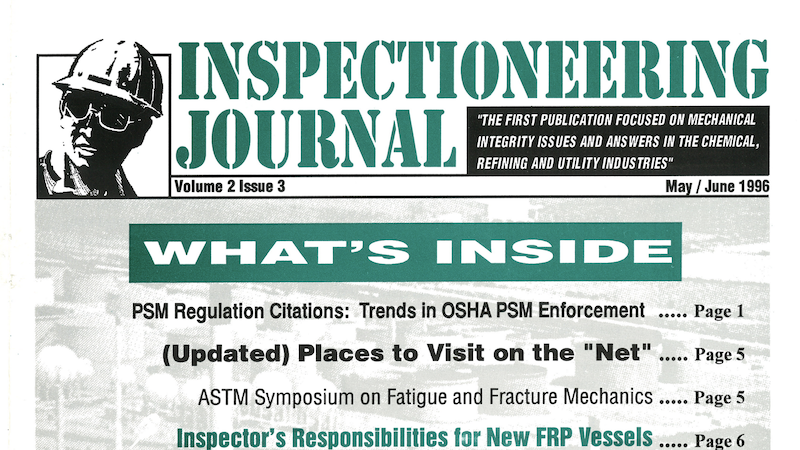Gussets, sometimes known as gusset plates, are metal sheets of various thicknesses used for either joining two or more components together or strengthening joints. These components include beams, girders, truss members, chords, and columns. They can also be used to retrofit older structures to improve their load bearing strength.
Gussets are most often made out of galvanized steel to provide maximum strength and to protect against rust. They can also be made out of copper or aluminum though, depending on the structure in which the gusset is being used. Those that don’t need as much support might not require steel.
The majority of gussets tend to be either squared or rectangular in shape, although those used for more specialized purposes may have different shapes, with triangular gussets being the most popular of the specially shaped gussets. In general, the greater the force on the structure, the larger the gusset size required to support it.
Relevant Links
Topic Tools
Share this Topic
Contribute to Definition
We welcome updates to this Integripedia definition from the Inspectioneering community. Click the link below to submit any recommended changes for Inspectioneering's team of editors to review.
Contribute to Definition



















